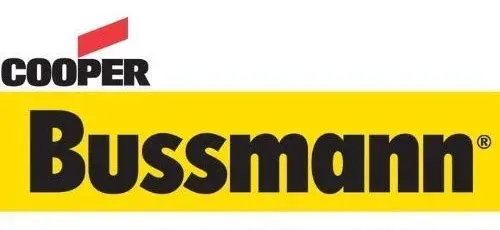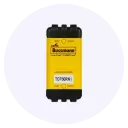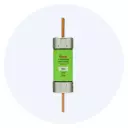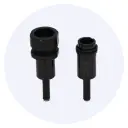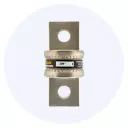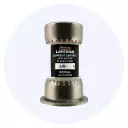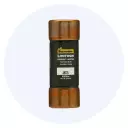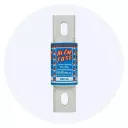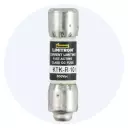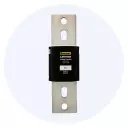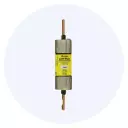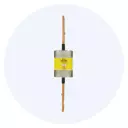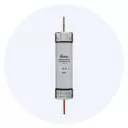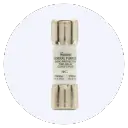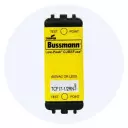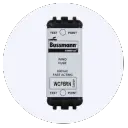Blog
Eaton-Bussmann Fuses vs Cutler Hammer Breakers: Key Differences
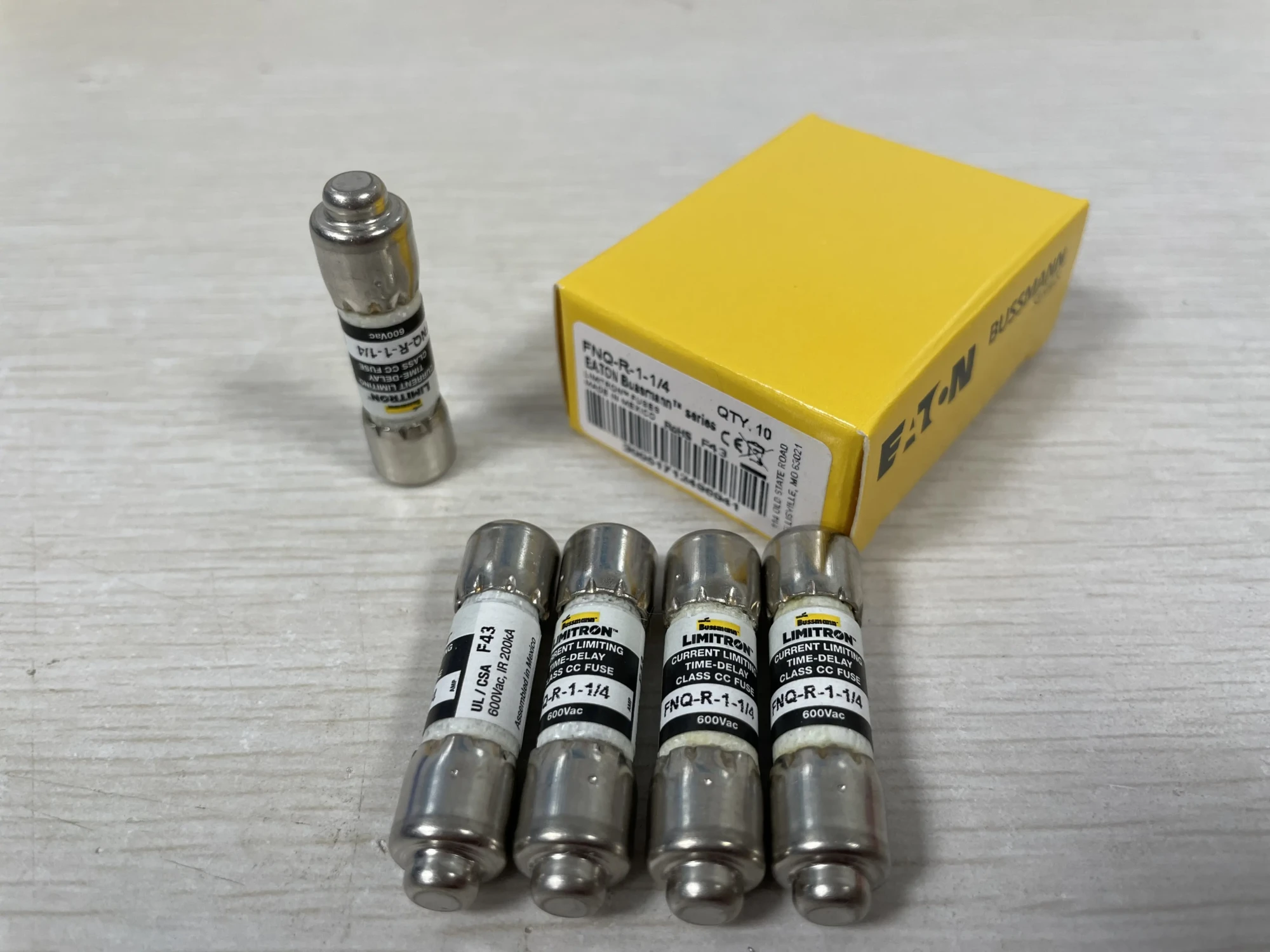
When it comes to choosing between Eaton-Bussmann Fuses and Cutler Hammer Breakers for circuit protection, understanding the key differences is crucial. Both Eaton-Bussmann Fuses and Cutler Hammer Breakers are reputable brands in the electrical industry, offering a range of products designed to protect circuits from damage caused by overcurrent conditions. However, they operate on different principles, have distinct applications, and vary in their specifications and uses.
Eaton-Bussmann Fuses: Overview and Specifications
Eaton-Bussmann, a part of the Eaton Corporation, is renowned for its comprehensive range of fuse products and solutions. These fuses are designed to provide overcurrent protection for a variety of applications, including industrial, commercial, and residential settings. The Eaton-Bussmann fuse portfolio includes:
- North American fast-blow fuses: These are commonly used in residential and light commercial applications where quick response to overcurrent conditions is necessary.
- IEC standard fuses: Designed for international markets, these fuses meet the standards set by the International Electrotechnical Commission and are used in a wide range of applications, including industrial control panels and machinery.
- American standard cylindrical fuses: These are utilized in higher ampere applications and are known for their reliability and performance in protecting against overcurrent conditions.
- European standard square fast-blow fuses: These fuses are designed for use in European markets and are characterized by their fast-acting response to overcurrents, making them suitable for applications where quick disconnection is required.
Eaton-Bussmann fuses are known for their high-quality construction, reliability, and compliance with various international standards, including UL (Underwriters Laboratories) and CSA (Canadian Standards Association).
Cutler Hammer Breakers: Overview and Specifications
Cutler Hammer, now part of Eaton’s Electrical Sector, offers a range of circuit breakers designed to provide reliable overcurrent protection. Unlike fuses, circuit breakers can be reset after tripping, eliminating the need for replacement. Cutler Hammer breakers are engineered for high performance and are used in various applications, including residential, commercial, and industrial settings.
The specifications of Cutler Hammer breakers include:
- Frame sizes and ampere ratings: Available in a range of frame sizes and ampere ratings to suit different applications and requirements.
- Trip characteristics: Offered in various trip characteristics, such as thermal-magnetic, to provide flexible protection options.
- Compliance with standards: Cutler Hammer breakers are designed to meet or exceed international standards, including those set by UL and CSA.
Key Differences: Eaton-Bussmann Fuses vs. Cutler Hammer Breakers
- Operating Principle: The most fundamental difference lies in their operating principle. Fuses operate by melting a metal element when an overcurrent condition is detected, thereby breaking the circuit. In contrast, circuit breakers trip and open the circuit when an overcurrent is detected, and they can be reset after the fault is cleared.
- Reuse and Replacement: Fuses are generally not reusable; once they have blown, they need to be replaced. Circuit breakers, on the other hand, can be reset and reused after a trip, provided the fault has been cleared.
- Response Time: Fuses can offer faster response times to overcurrent conditions compared to some circuit breakers, especially in applications where the fault current is high.
- Application: While both can be used in various settings, the choice between a fuse and a circuit breaker often depends on the specific requirements of the application, including the level of protection needed, the availability of replacement parts, and the acceptability of downtime for repair.
- Cost and Maintenance: The initial cost of fuses can be lower than that of circuit breakers, but the recurring cost of replacing fuses in the event of a fault might make circuit breakers a more economical option in the long run, especially in applications where faults are frequent.
Precautions and Considerations
When selecting between Eaton-Bussmann Fuses and Cutler Hammer Breakers, several precautions and considerations must be taken into account:
- Application Suitability: Ensure that the chosen product is suitable for the intended application, considering factors such as the level of protection required, environmental conditions, and compatibility with other system components.
- Compliance with Standards: Verify that the product complies with relevant local and international standards to ensure safety and legal compliance.
- Maintenance and Replacement: Consider the maintenance and replacement requirements of the product, including the availability of spare parts and the skill level required for replacement or reset.
- Consultation with Professionals: For complex electrical systems, it is advisable to consult with electrical professionals to ensure the selection of the most appropriate protection devices.
In conclusion, the choice between Eaton-Bussmann Fuses and Cutler Hammer Breakers depends on a thorough evaluation of the application requirements, the specifications of the products, and considerations of safety, maintainability, and cost. Both Eaton-Bussmann and Cutler Hammer offer high-quality products that can provide reliable circuit protection when properly selected and installed. By understanding the key differences and applying this knowledge to specific needs, users can make informed decisions that ensure the safety and efficiency of their electrical systems.
